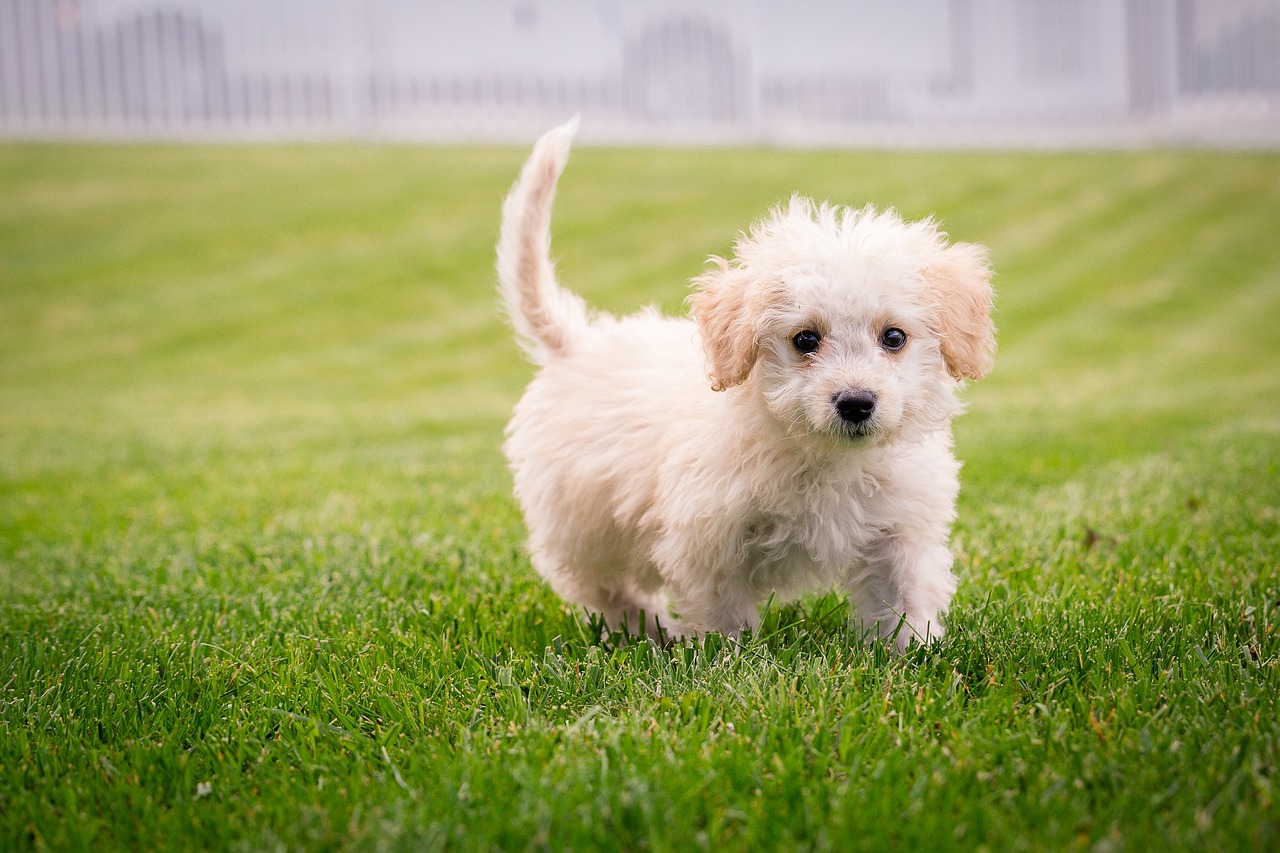
As long as they are less than one month old, puppies should be fed directly by their mother.
The milk of your mother contains vital nutrients that puppies require to thrive and grow However, there are many reasons why this may not be feasible and in this instance, you’ll need to feed your baby by formula to make sure they are getting the nutrients they require.
In this article, we’ll explain exactly how you can safely and efficiently bottle-feed newborn puppies. We’ll also give you our tips on the best formulas for feeding your canine growth.
Additionally, we’ll examine the reasons why mothers may not like their pups and decide not to feed them, and also how to verify if your puppy getting the proper nutrition they require. We’ve added an FAQ section that will answer the most commonly asked questions however you are able to add your own questions to the comments section as well.
What is the reason a mother would Refuse Her Children?
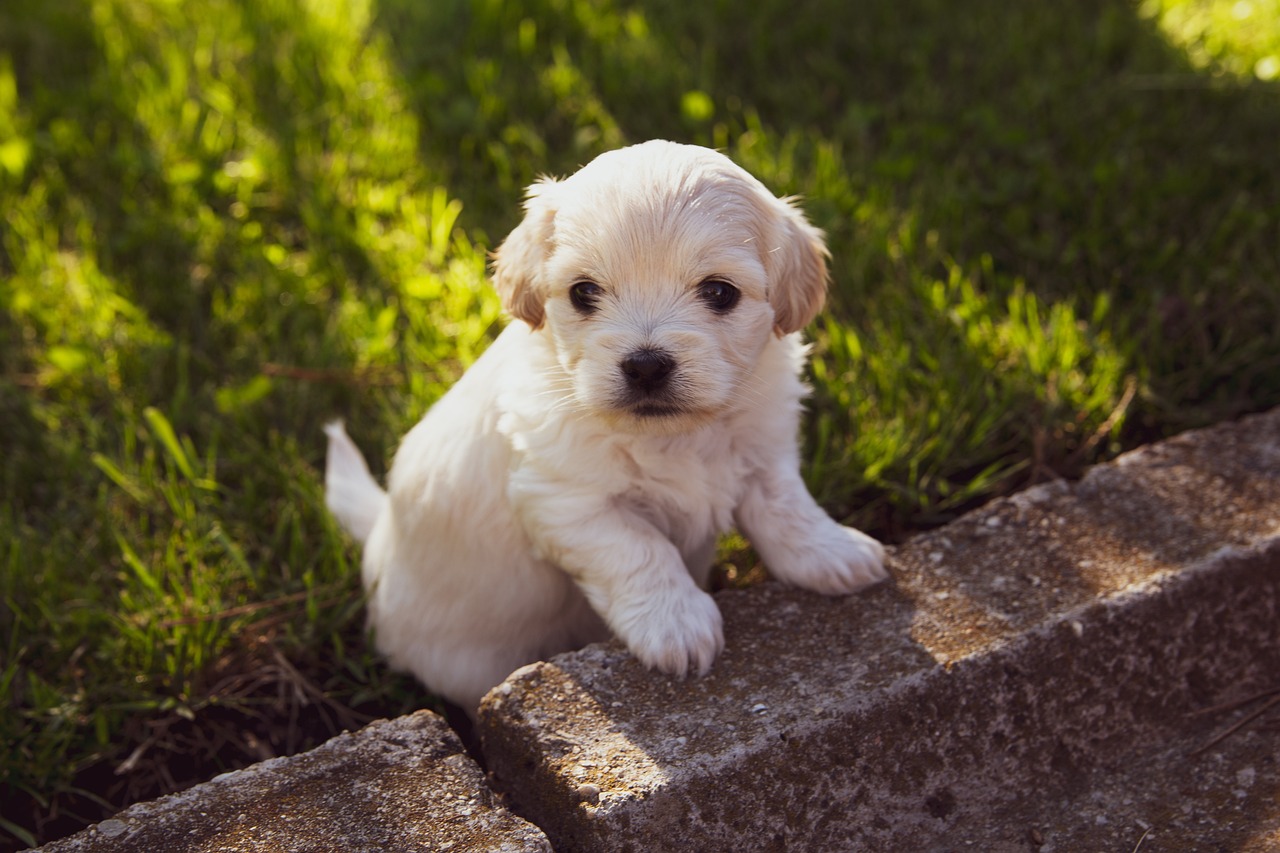
It’s not just orphaned puppies who may require a formula to replace the milk of their mother. Sometimes, mothers don’t have enough milk to feed their entire litter especially when they have a large number of pups.
In this situation, mother dogs often abandon one of their puppies to ensure they get enough milk to feed the remainder. This is perfectly normal because the mother’s primary instinct will be to make sure that most pups can live as long as they can.
It could also be that the puppy isn’t strong enough to grasp and hold her mother or be competitive with siblings for milk.
Of course, the dog’s mother could not be interested in her pups all the time when her maternal instincts do not respond in the way they ought to. It can be evident at the beginning of the day or it might be something that occurs in the days or weeks following her puppy’s born.
There are several indicators that indicate that a mother might be disliking her pups one of which is the absence of licking. Along with cleaning them, it is also a method for a mother to identify her pups with her scent. If she’s not doing this with one or all her puppies it is a huge signal of trouble.
It can be difficult to distinguish a mother from her children; however, If your dog’s mother appears to be absconding with her pups, it is an indication that she’s not liking them.
Puppy puppies who are breastfeeding well will spend the majority of their time sleeping, eating and peeing. They would rather spend the time snuggled up against their mom’s belly and snuggled in a group.
If puppies as young as one month old spend the majority of their time crying and squirming it suggests that something is not the way it should be. This is also a sign of danger that one of the puppies appears to be isolated from the others.
In extreme situations, mothers may attempt to kill or even eat their pups. It is a natural instinct and could occur if the dog’s mother doesn’t recognize her puppies due to a reason. it’s more common in the event that the mother has been through C-sections.
How to Feed Your Puppy With a Bottle
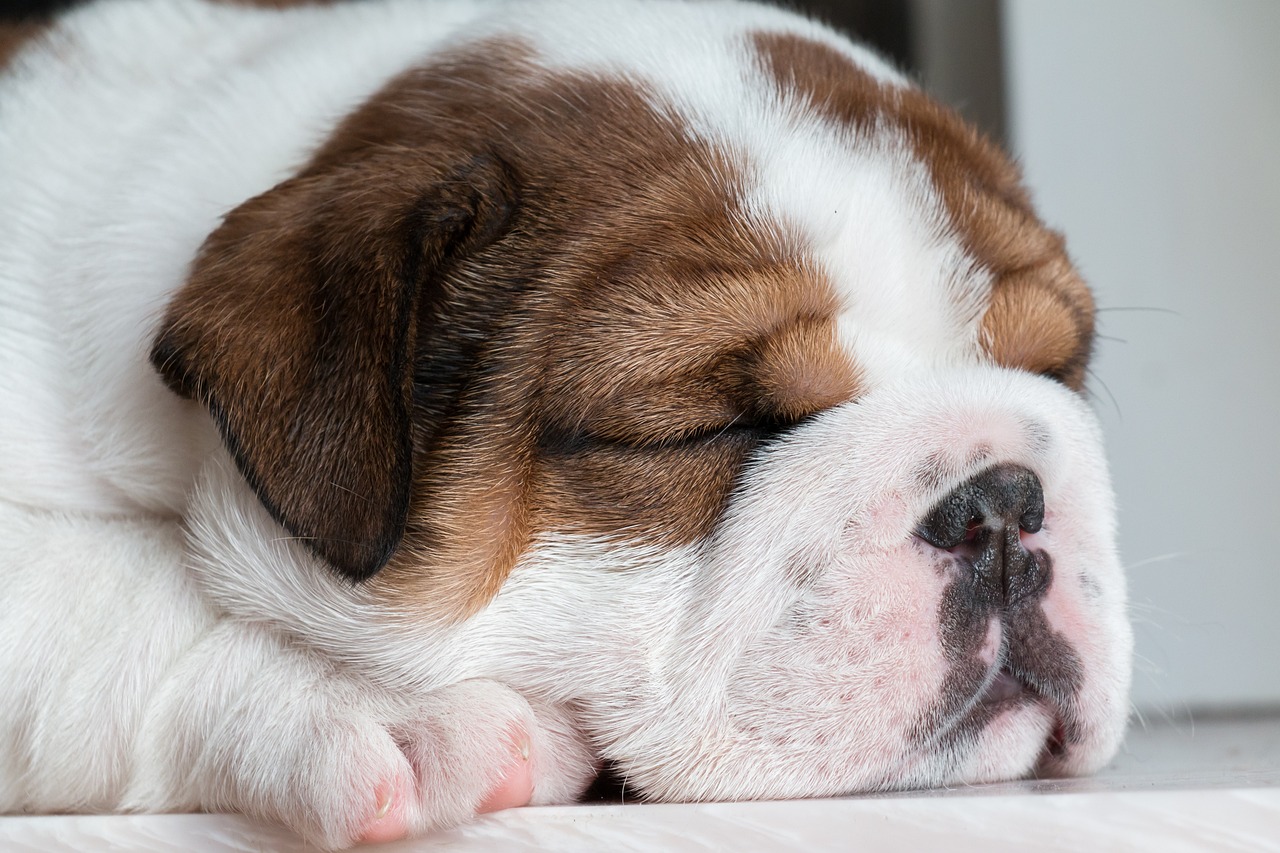
When you’ve discovered the best recipe for your dog, then you must ensure that they’re actually capable of consuming the food. The most popular and efficient method is bottle feeding.
Puppy puppies should be fed formula or milk until they’re approximately a month old. At that point, you are able to begin weaning the pups onto dog food which needs to be softened in order to ensure it is easier to digest for them initially.
At the beginning of their existence, there is a method of bottling formulas for feeding puppies.
Create Your Formula
It’s crucial to ensure you mix the formula properly prior to feeding it to the puppy. If you add too much water and you’ll end up with diarrhea. Do not add enough water, and it may cause constipation.
Both of these can hinder your puppy from fully taking in the nutrients they require, and can put their health and well-being at risk.
Also, make sure the formula is chilled to room temperature before you give it to your pet so that they don’t burn their sensitive tongues or gums. Try the formula on your arm It should be a little warm.
Use the Right Feeder

Although we may refer to giving your pup formula as feeding with bottle bottles is just one of many methods you can employ to convince your puppy to consume the formula.
It is possible to utilize a bottle for babies, or a bottle that is specifically made for babies who are premature and smaller dogs it is possible the use of a needle, or sponges to drip tiny quantities of the formula in their mouths.
If the nipple you’re using doesn’t have holes, you can use needles to puncture two holes. Keep the needle in an open flame for a few seconds in order to sterilize and heat it prior to cutting the Nipple.
The holes must be large enough so that a small amount of milk drips out when you place the bottle upside down however, they should be small enough that your dog needs to suckle vigorously to obtain their drink.
Be sure to wash and disinfect the bottle as well as your nipple after feedings. Also, you should be washing and sanitizing your hands prior to and after eating to ensure that bacteria do not get between you and your puppy.
The Puppy’s Position
Although it’s natural to want to hold your baby like an infant when you feed the bottle however this is not the ideal position to drink their milk safely. It could result in the milk being able to go into their mouths, and then get into their lungs which can cause pneumonia.
If they drink their milk from their mother, they will usually lay on their stomachs with their head elevated, and it is recommended to keep them in this posture when you feed bottles. They may be lying placed on a table or on your lap.
Nurse Frequently
If your puppy is dependent on you for their food then you must feed them regularly. They’ll require food every couple of hours throughout the day, and at least once at night.
When they reach 3 weeks old, they will be able to limit themselves to around four meals every day.
If they’re not willing to eat when you hand your bottle to them, it could be a signal that you should feed them frequently. In general smaller feedings, more frequently are more effective than having fewer smaller feeding sessions.
Don’t Forget to Burp These
It’s recommended to burp newborn babies at least halfway through every feeding to ensure that the air isn’t getting stuck in areas it shouldn’t. Similar to humans, place them by the shoulder and gently pat or rub their backs until they naturally burp.
Helps to Improve the Digestive Process
After eating, many puppies require a little assistance to get rid of the waste products generated in digestion. Mother dogs help by licking their babies on their bellies and crotch by giving them a gentle massage to encourage them to pee and poop. It’s best to perform the same using an emollient cloth.
The poop of a puppy is usually yellow and sloppy therefore be prepared for some grossness. Although they don’t have to poop every time they eat they should be pooping quite frequently.
What Formula Do Puppies Require?
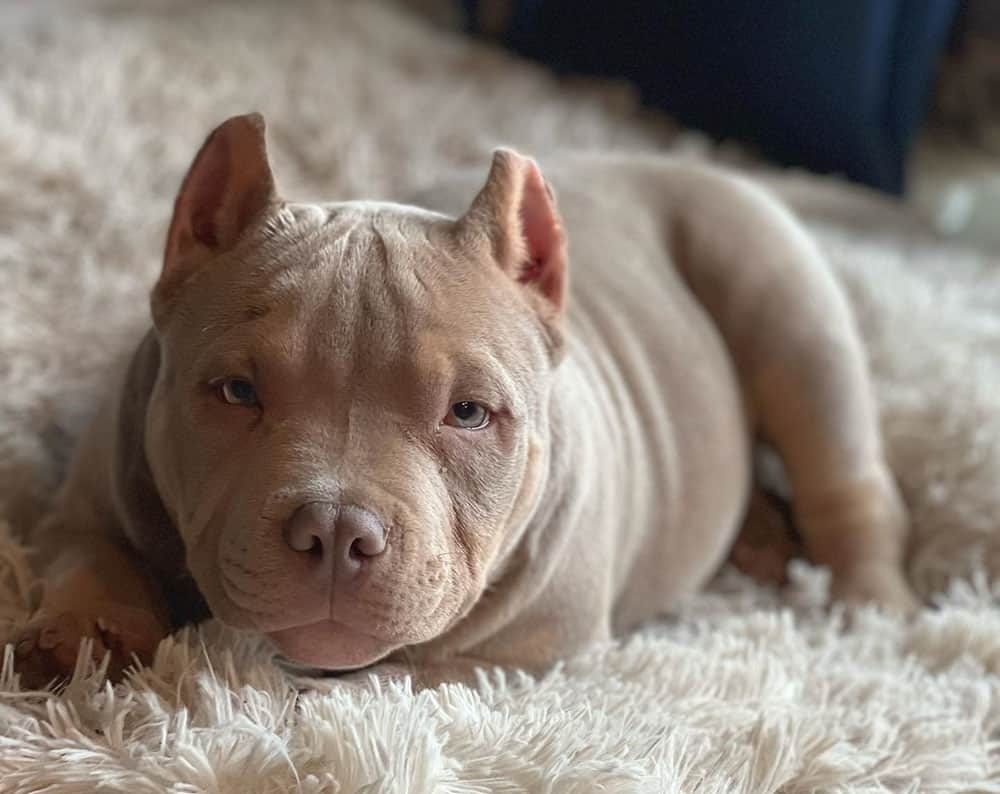
Every dog is unique and therefore you must keep an eye on your dog’s behavior to determine what’s best for them. As a rule of thumb that, up to a month old, puppies require 3.5-3.75 pounds of calories for body weight throughout the day. For instance that a puppy weighing 6 ounces is going to require around 22.5 calories daily.
The majority of puppy formulas have around 1 calorie for every milliliter, therefore it’s simple to determine the amount to feed them. Be sure to check the ingredients of the formula you’ve chosen but be aware that some formulas contain more nutrients than others.
What Do You Know If Your Dog Is Healthy?
If your puppy is getting all of its nutrition needs met and is eating well, it is likely to be spending the majority of the day asleep. It’ll be on the same schedule of eating as well as pooping. It will also sleep until it’s about three weeks old.
You should be able to feel comfortable to the touch since dogs are hotter than humans and will likely appear quite full and happy after eating a meal with a belly.
If your puppy is crying often and spends a significant amount of time wriggling around and shaking, this indicates that they’re likely to be feeling sick and hungry.
The dogs that are malnourished also tend to be cold and icy to the touch But be cautious when feeding a dog when they are cold. Puppy dogs are unable to control their body temperature and drinking liquids can make their temperature drop further.
Try warming them up prior to feeding them again or an appointment with your vet.
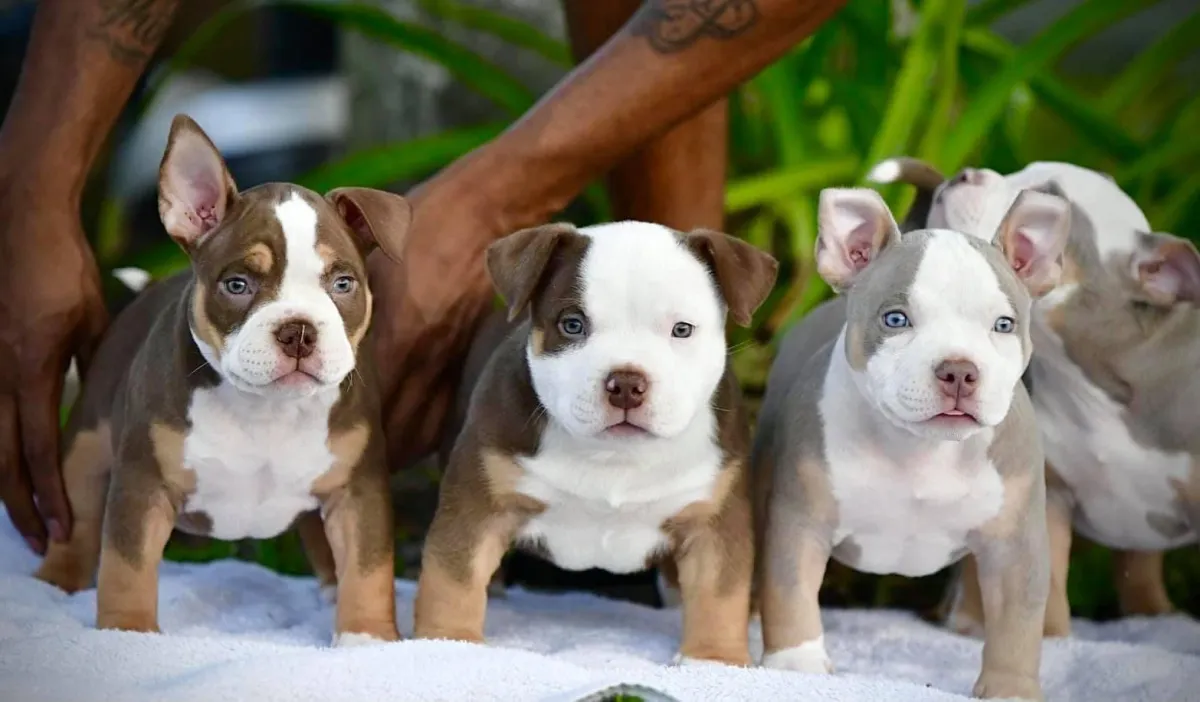
FAQs
How much can you do a puppy’s bottle feed?
From the time they reach at least one month old. Puppies require between 3.5 to 3.75 calories per ounce of body weight. In the beginning, they should be fed in small portions on daily basis and for up to 2 hours throughout the daytime. At at least three weeks old it is possible to reduce the amount to around 4 feedings every day.
What is the best way to bottle feed a puppy its first experience?
If a puppy is hungry and recognizes that there is a tasty formula in the bottle it will find a way to get it quickly. However, for puppies who have difficulty, the best option is to replicate the sensation of eating directly from their mother.
This involves getting them into the proper position on their stomachs, with their heads up. It is also important to keep them warm and comfortable. It’s generally quite comfortable sitting on their mothers and littermates.
Are puppies crying when hungry?
Yes, puppies of the beginning will frequently cry when they are hungry or over-stuffed and require to go to the bathroom. If they’re crying often and you are sure that they’re eating, try massaging their stomachs to relieve constipation.
If you’re feeding them formula, it could be that the formula isn’t mixing well enough with water.
At what age should puppies begin drinking water?
Puppies can begin drinking water as soon as their newborn teeth begin to develop generally approximately 3-4 weeks old. The eruption of teeth usually indicates that a puppy has received the nutrients that it requires from the mother and is now eating and drinking other beverages.
This is usually the time that mothers cease to be available for feeding because their teeth may hurt their nipples, too.
How long can a puppy last without food?
Puppy puppies don’t have any fat reserves which is why they have to take their food at regular intervals. They shouldn’t go more than a period of 12 hours without food in the evening, typically since you’re training them to sleep (and in addition let them sleep).
Smaller breeds are more likely to eat more frequently than larger breeds because they are more susceptible to hypoglycemia.
How long should I cease feeding my puppy milk replacement?
Although giving older puppies formula will not cause harm, they may decide to stop drinking milk replacement and get started on liquid and solid food as soon as their first teeth begin to come in. It usually occurs between 3 and 4 weeks old.
Puppy babies who are fed directly by their mothers will usually try to keep milk longer since they like the intimacy however mothers tend to withdraw as their teeth start to show.
It is the Verdict
There are many reasons the puppy might not be able to feed on their mother however they’ll need liquid food until they reach an entire month old. If you’ve got an orphaned puppy, a dog that is refusing or not able to nurse, or feed a puppy who is too weak to nurse, you’ll probably have to bottle feed them by formula.
Bottle-feeding puppies are not any different than bottle-feeding infants. The major distinction is that instead of lying down on their backs the puppies should be laid on their backs with their heads up, just as they would when nursing from their mothers.
There is a comprehensive guide on bottle-feeding puppies in the article above.
With the increasing quality of dairy replacement products, there’s no reason why the weakest pups shouldn’t be able to develop into healthy and content dogs.